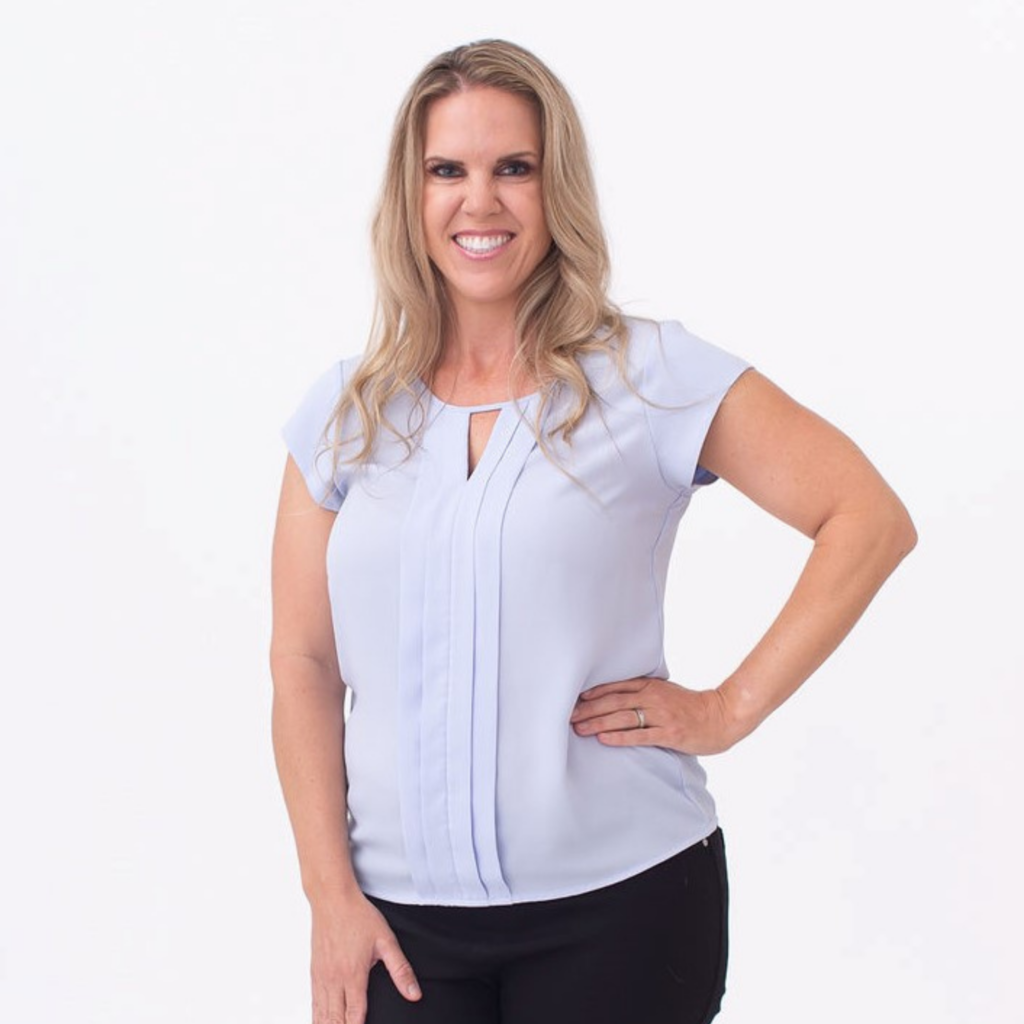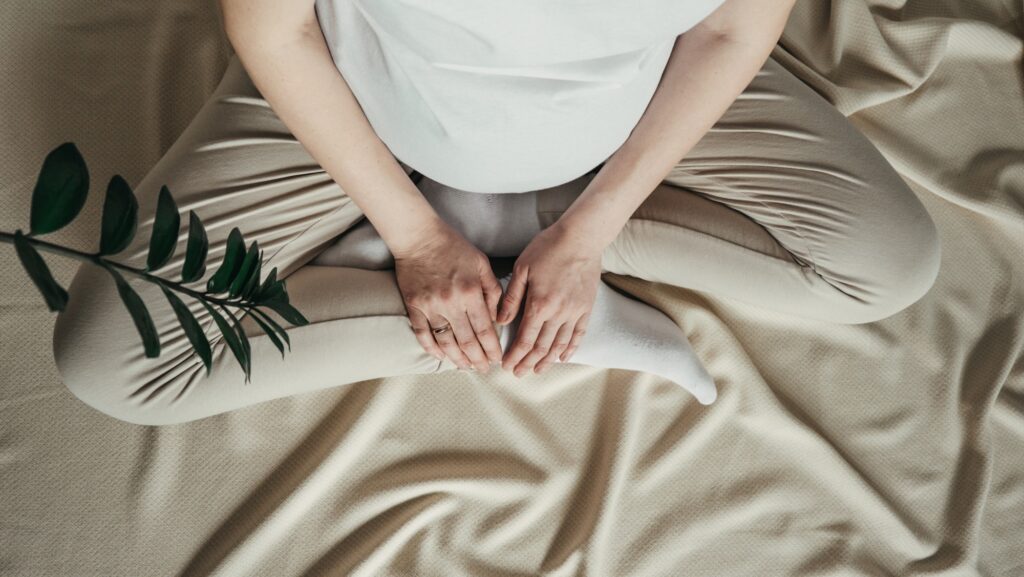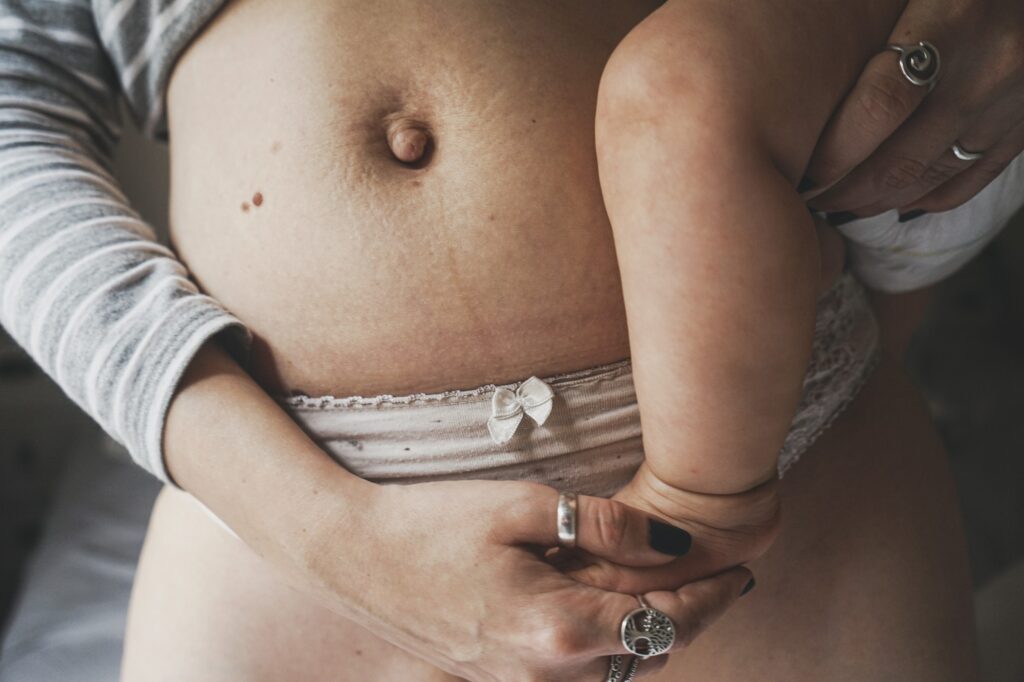So a few months (or years) have passed since childbirth, and you’re ready to tap back into your midsection aka your CORE!
Maybe you want it to look more toned, relieve lower back pain, or exercise with more urinary & gas control.
The goal of core strength is empowering! It means you’re activating your core’s many functions that support your everyday life.
As a pelvic health physical therapist I meet women at various stages in life who want to regain core strength, and I share the benefits of having a strong core each time:
- SUPPORT. Your core muscles (rectus abdominis, obliques, transversus abdominis, diaphragm, pelvic floor, and more that connect to your spine, hips and back!) connect to the base of your spine and help you move and protect your spine. They work together at the center of your body.
- RESTORE! If you have abdominal separation from pregnancy and childbirth (Diastasis Recti) , strengthening your core will restore and repair your “six-pack” abs (rectus abdominis).
- Urinary control. By strengthening pelvic floor muscles, core work will also support adequate contraction of the pelvic floor muscles to make sure they relax and strengthen appropriately. Helping relieve frequent leaks and also pain in the pelvic region.
- Building strength in the core relieves lower back pain from weakened abdominal muscles making some muscles overcompensate for weaker ones, causing pain.
- Stability and balance. Think of picking up little ones! Your core is the center of your body and as the muscles grow, they communicate better with the rest of your body, enhancing stability.
- Coordination with your legs and back. A strong core supports other muscles’ endurance and proper growth.
Below I have detailed FIVE moves to begin strengthening your core.
Remember, when you take time to move and coordinate your body intentionally, you’re prioritizing your health. If you need to scale or modify, honor your journey! Do not do anything that causes pain.
My FIVE favorite moves for Strengthening Your Core!
- Inchworms: Starting in a standing position, bring hand straight down to the floor walking them out to a hold a plank position, then inch them back toward feet to standing posture. Repeat 5x.
- Dead Bugs: Lying on your back with knees drawn above hips and arms extended straight up from shoulders, reach one arm back and opposing leg straight. Return to center, and repeat with other arm and leg extending in opposite directions and drawing back to center.
- Side Plank Dips: Lying on the ground, roll on to your side and onto your forearm, keeping hip elevated. Tap into your balance and strength, raise hip toward sky and back to ground. Try to lift and lower 10x.
- Bridge Pose or Bridge lifts: Lay with back flat to ground and feet pulled with knees pointing toward sky, push into your feet firmly on the ground raising your hips in the air, and slowly release toward ground. Keep in mind it is important to have knees point parallel and not cave inward as you push into feet.
- Bird Dogs: Coming onto all fours in tabletop, extend one arm forward and the opposing-side leg back and elevated. Bring opposing elbow and knee inward and round spine, then extend and lower. Repeat on other side.









